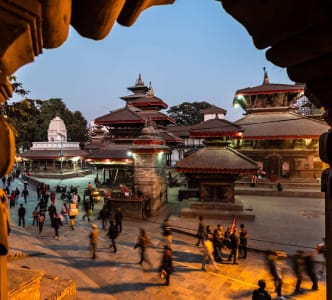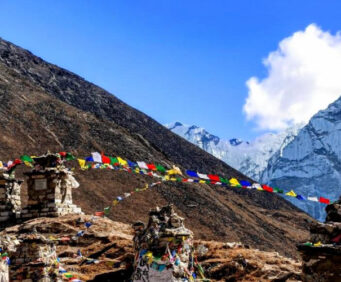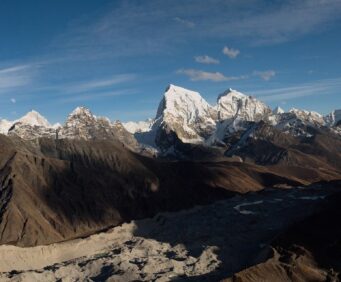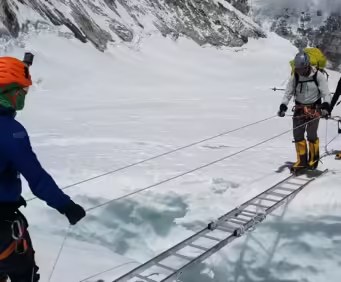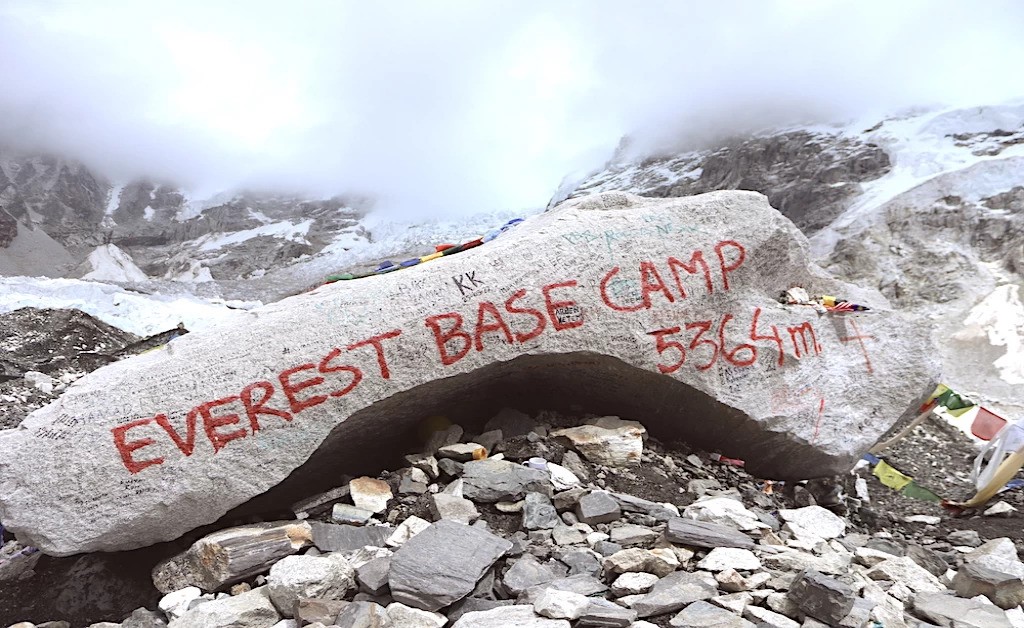
Everest Base Camp Solo Trek
26th May, 2024 - Posted By: Himalayan AbodeAllow us to encourage you to venture out on the Everest Base Camp solo trek and try it! The ride is quite memorable and a fun experience to reflect on. However, I would like to draw your attention to several issues that you should know before proceeding any further.
Firstly, solitary travel is not for everyone and it has been proved in this episode of the movie that completes a challenging trek all alone. It is a tremendously challenging task both on the physical, as well as on the mental level. The requirements are an adventurous spirit good body shape and health on your part as the diver.
Secondly, you must be ready, if you want to build an exceptional custom home, then you need to be prepared for it. This means knowing the risks that are associated with a particular project, ensuring that you have the right gear, and knowing the path that is more likely to lead to a successful undertaking.
Third, you must know there exist new regulations that the Nepal Tourism Board (NTB) has set. The government of Nepal has introduced new rules and regulations that will come into force from today April 1, 2023, aimed at creating more employment opportunities and standardizing trekking in the country. Nepal has adopted new laws to govern the country starting from April 1, 2023, to enhance employment opportunities in the country and the abrasive hiking industry.
Thus, if you are in a jovial mood to face a definite challenge, trekking to the base camp of Mount Everest all by yourself can turn into one of the major pleasures of your life.
In this book, I will clarify the latest rule from the Nepalese Tourism Board, differentiate between Group and Solo trekking, and consider the dangers of going solo on the trek.
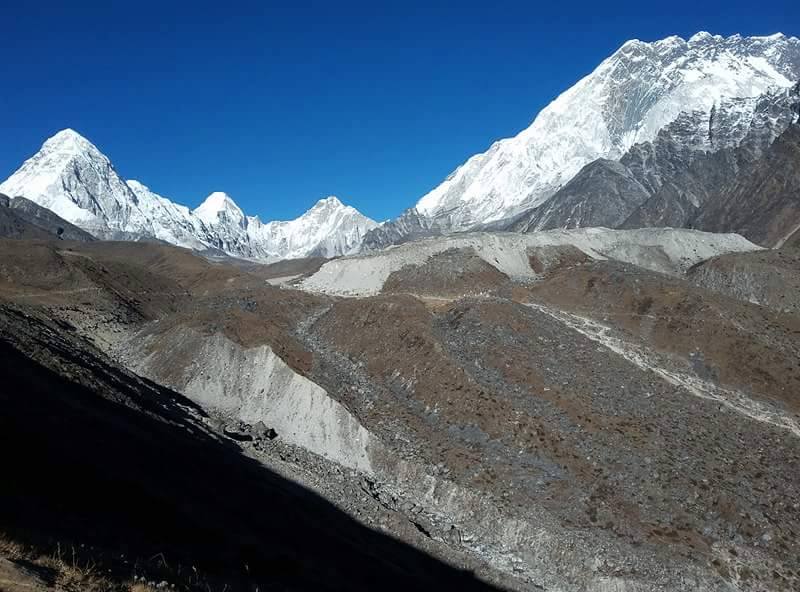
Here are some of the risks you can incur when conducting a solo trekking activity:
The following are other factors that make the Everest Region solo trek difficult some of these factors include. Nevertheless, in cases involving several people going trekking, everyone, especially knowledgeable leaders, should also consider these variables.
- Safety Concerns: It is up to you to take responsibility for the safety of the terrain if you are going trekking alone. Some of the common complications that may occur on your EBC tour may include altitude challenges, occasional falls or trip & slide, or accidents due to dear changes.
- Organizational Difficulties: When planning to go for just the hike, the process you have to go through can be grueling. It does mean that you will have to secure the permits, find the accommodation, and seek out routes that you may not have considered before. It may be quite challenging especially if this is your first time to go for a trekking experience.
- Local insights: You can miss out on discovering the best trails, local history, and culture if you don’t have a guide. Speaking no language at all may also make it tough for you to communicate with locals.
- Lack of an Emergency Backup: If something goes wrong during your hike, a guide can be of great assistance. They are prepared to handle any emergency, including medical issues and unforeseen circumstances. You will be on your own to deal with these issues if you are trekking alone.
- Loneliness: Although some people find solitude to be a benefit of solo trekking, loneliness can also result from it, particularly on longer trips. This may have an impact on your entire hiking trip.
Alluring and Perilous Awe in Mount Everest’s Deadliest Neo-Himalayan Frontier
A popular and colorful part of the mountain is referred to as The Rainbow Valley.
However, the colors depicted are not those of nature but of a grown-up world that is quite dark. The so-called “rainbow” is not a distinct figure; it is a mass of colorful units of mountaineering equipment and clothing (jackets) used by climbers who perished en route to the summit.
As previously mentioned and conveniently depicted in the picture below, the Rainbow Valley resides in the Death Zone that starts from 8,000m (26,247ft) and goes up to the highest point of the earth’s surface. This is more so because the oxygen levels are very low, the severity of the weather conditions, and the physical features of the climb during this phase.
All this takes place in what is known as the death zone, where many climbers die. As a rule, their corpses cannot be retrieved because the conditions and dangers in this area prevent it. Consequently, all those bodies plus the flashy equipment they had on them when they passed on contribute to this scenery which has earned the place the name Rainbow Mountain.
However, the attractive scenery of Rainbow valley also makes people realize the risks of climbing over the world’s highest mountain. respect and wonder, as it showcases a part of ourselves and the journeys that some will undertake to chase both hope and ambition.
As for the conditions in this zone, they are rather severe and extreme in terms of temperature many people die in this area and very often it is impossible to get the bodies. That is why the area glitters as if it is a rainbow because the bodies and the colorful clothes that they were putting on remain on the mountain.
Even though they are stunning, symbolizing the beauty of nature and triumph in conquering Mount Everest, the Rainbow Valley exemplifies that any attempt at reaching the top of the mountain comes with its consequences.
If one had to describe it, it would be difficult not to view it as a well of awe and also of the spiritually significant as it is a symbol of the heroic human endeavor notwithstanding the macabre means men use to achieve those goals.
Length of Everest Base Camp Trek
The trek, at 130km (round trip), may seem lengthy, but on a normal guided trek, you will only walk for nine of the twelve days, which translates to approximately 15km of walking per day.
It doesn’t seem that high when you consider that the average walking speed is only around 5 km/h!
Having said that, the daily 15 kilometers won’t be on a level, paved path. Instead, you’ll be hiking over rocky, occasionally icy terrain that will slow you down depending on the season and altitude.
You can see how the walk gets a little more difficult when you consider the terrain in addition to the fact that you are usually traveling upwards and gaining altitude.
Fortunately, most tour companies will employ mules or porters to carry your belongings, leaving you to concentrate on ascending the trail.
The Altitude of Everest Base Camp Trek
The walk is harder than the typical trek of the same length because of altitude, which is by far its most arduous component.
At the heights you encounter on the walk, you face a considerable risk of acute mountain sickness and other altitude-related ailments.
Following the excruciating flight to Lukla, which is located somewhat below 3,000 meters, the walk begins and ascends to Everest Base Camp, which is located at a height of about 5,400 meters. At slightly over 5,500 meters, the highest point in the area is Kala Pathar, from which you may enjoy breathtaking views of the surrounding area.
Most guided tours will have 2 days factored in to allow for acclimatization. These days allow your body to get used to the higher-than-normal altitude but also provide an opportunity to explore some of the surrounding areas while not trekking.
As a result of the acclimatization days and the slow approach to increases in altitude, the outward leg of the trek should take 9 days while the inward leg should take only 3 days.
Training Required for the EBC Trek
Although hiring a personal trainer or quitting your day job won’t make you fit for the trek, spending some time in the gym and going on longer treks will help you get ready for the challenging ascent to Everest Base Camp.
We advise completing a few 4-6 hour walks at home to acclimate your body to that kind of exercise. Build up the time and distance gradually, starting six to eight weeks before you depart, until your body can comfortably endure six hours of trekking at the end.
Focus on strengthening your legs during a session at the gym. You still have to carry yourself even though you might not be carrying your baggage (unless you are hiking alone). Since the walk will require you to use your quads a lot, squats are a great kind of exercise.
Lastly, cardiovascular exercises like swimming, running, and jogging will improve your endurance and your body’s capacity to circulate oxygen, which is more difficult at higher elevations.
Conclusion
Trekking to Everest Base Camp alone involves significant dangers and difficulties. The drawbacks of walking alone include feelings of loneliness, inadequate emergency help, lack of local knowledge, safety concerns, and logistical challenges.
However, there are benefits to hiring a guide for the Everest Base Camp trek, including experience with the route, up-to-date information, help with equipment, dependable food and lodging, inspiration, moral support, and first-aid expertise.
Considering all these things and making plans appropriately is essential to guarantee a fun and safe trekking trip. While enjoying the excitement of this amazing excursion, don’t forget to show respect for the mountain and its surroundings.
FAQs
When is the best time for a solo trek to the Everest Base Camp?
The months of March-May and September – November are the ideal times to go solo to the Everest Base Camp.
How physically fit must I be to undertake the Everest Base Camp trek solo?
You should be in good physical condition to undertake the Everest Base Camp trek solo. Experts recommend regular cardio exercise, strength training, and altitude acclimatization.
What equipment do you need to climb to Everest Base Camp?
A solid backpack, water purifier, sun protection, warm clothes, and sturdy hiking boots are all necessary equipment for the Everest Base Camp journey.
What dangers come with trekking alone in the Everest Region?
Solo trekking in the Everest region carries several risks, including weather fluctuations, wildlife encounters, injuries, and altitude sickness.
Recent Posts
